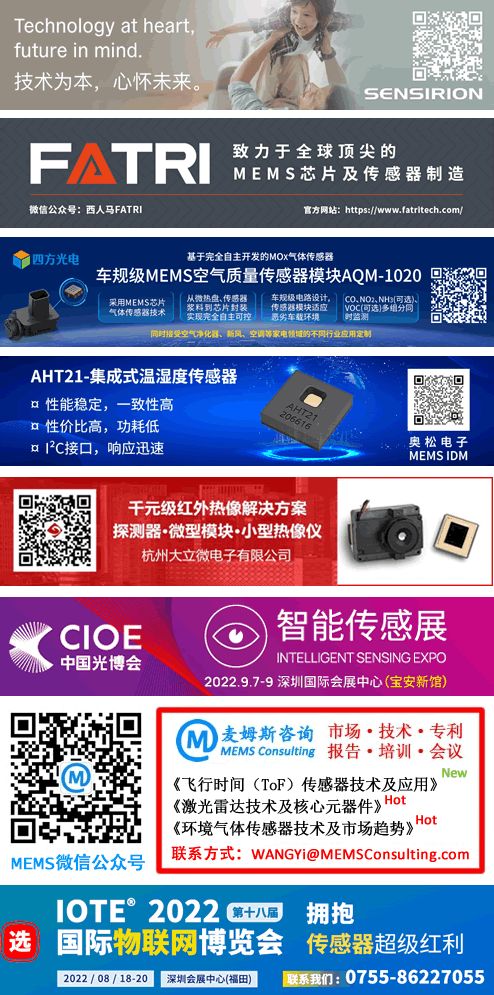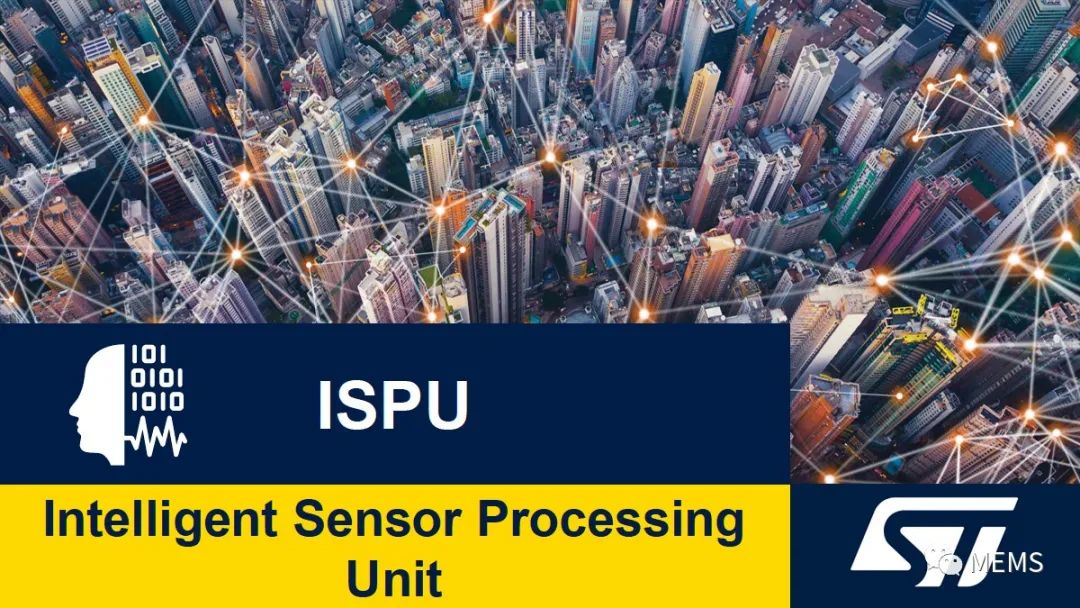
According to reports from MEMS Consulting, global semiconductor industry leader and top MEMS manufacturer STMicroelectronics (ST) has recently announced the launch of the Intelligent Sensor Processing Unit (ISPU), which further integrates Digital Signal Processors (DSP) and Artificial Intelligence (AI) algorithms on MEMS sensors, injecting local decision-making into System-in-Package (SiP) devices while significantly saving space and power consumption. In addition to reducing the size of SiP devices and lowering power consumption by up to 80%, the integration of sensors and AI brings device decision-making to the application edge. As a result, ISPU will empower innovative products to enter the “Onlife” era, where technology and the physical world converge.
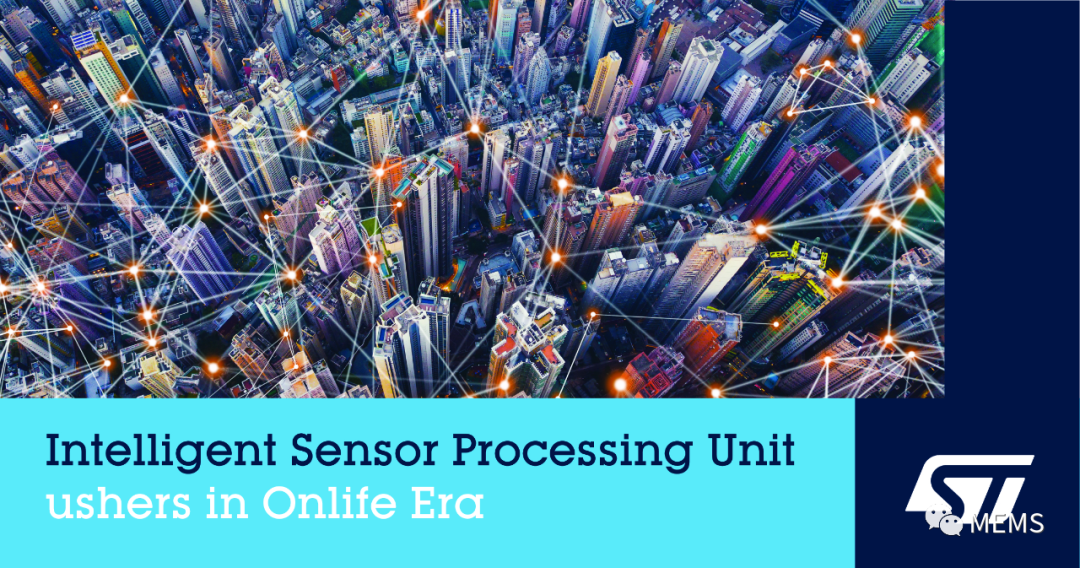
In the “Onlife” era, people will live under the continuous support of interconnected technology, enjoying natural, transparent interactions and seamless transitions, with no clear distinction between online and offline. With ISPU, STMicroelectronics is ushering in a true intelligent era by embedding smart processing into sensors: intelligence will not only be “at” the edge level but will be “inherent within the edge.” The newly launched ISPU from STMicroelectronics offers substantial advantages in four areas: Power Consumption, Packaging, Performance, and Price. The proprietary ultra-low power DSP can be programmed in C language, familiar to many engineers. It also allows quantized AI sensors to support neural networks from full to unit precision. These features ensure exceptional accuracy and efficiency in tasks such as activity recognition and anomaly detection through the analysis of inertial data.
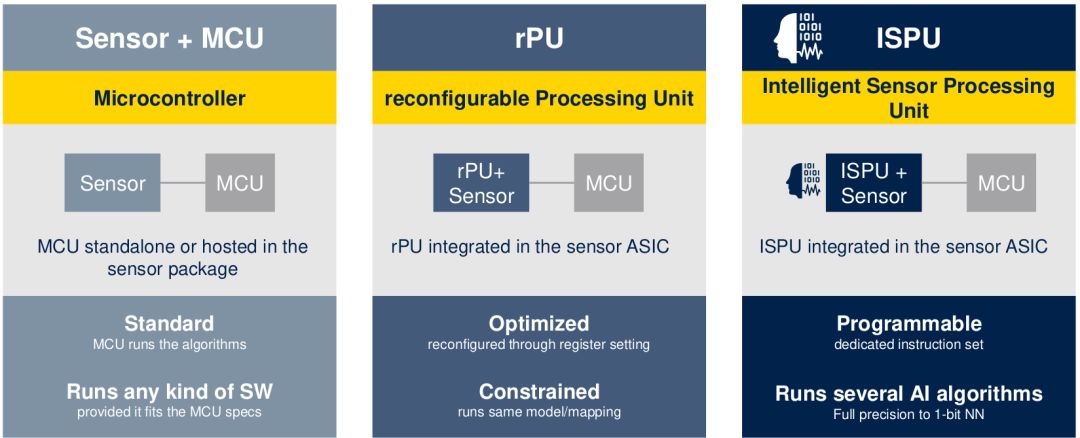
STMicroelectronics shifts smart processing from “on the edge” to “in the edge”.
The proprietary C language programmable DSP from STMicroelectronics is an enhanced 32-bit Reduced Instruction Set Computer (RISC) that can be extended (during chip design) for dedicated instructions and hardware components. This processor provides full precision floating-point units, utilizes a fast four-stage pipeline, operates from 16-bit variable-length instructions, and includes a single-cycle 16-bit multiplier. Interrupt response is a fast four cycles. Sensors with ISPU from STMicroelectronics will adopt a standard package of 3 mm x 2.5 mm x 0.83 mm and will be pin-compatible with previous versions, supporting quick upgrades.
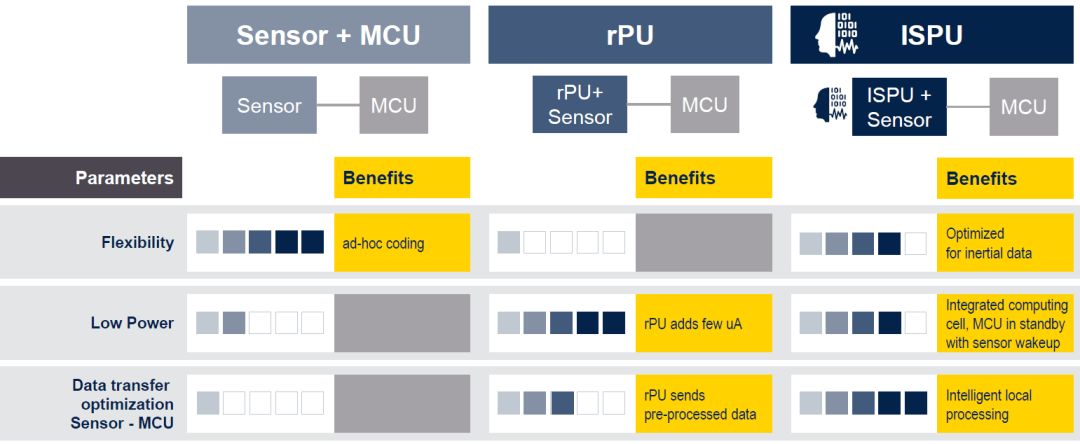
No single solution can cover all aspects, but ISPU excels in intelligence.
Andrea Onetti, Executive Vice President of STMicroelectronics’ MEMS Subgroup, commented on the significance of ISPU: “Although technically challenging, integrating our sensors with ISPU on the same silicon chip can indeed upgrade sensor-based systems from an ‘online’ to an ‘onlife’ experience. It enhances sensor performance, accelerates decision-making speed, and improves privacy by keeping data local, while also reducing size, lowering power consumption, and consequently cutting costs.”
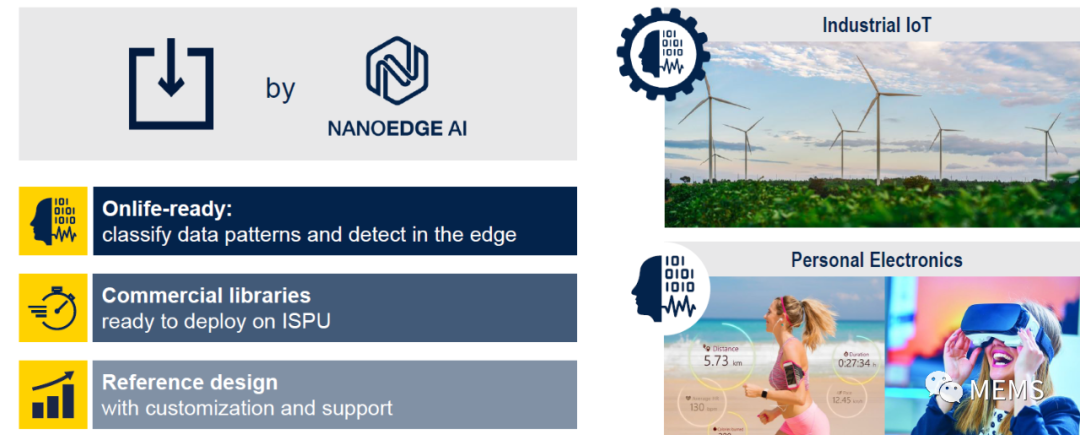
ISPU combines with NanoEdge™ AI to achieve self-learning solutions.
Furthermore, ISPU can be easily programmed with commercial AI models and can ultimately run with all leading AI tools. According to STMicroelectronics, thanks to millions of C language developers, the new ISPU will help more manufacturers bring this intelligence to the edge.
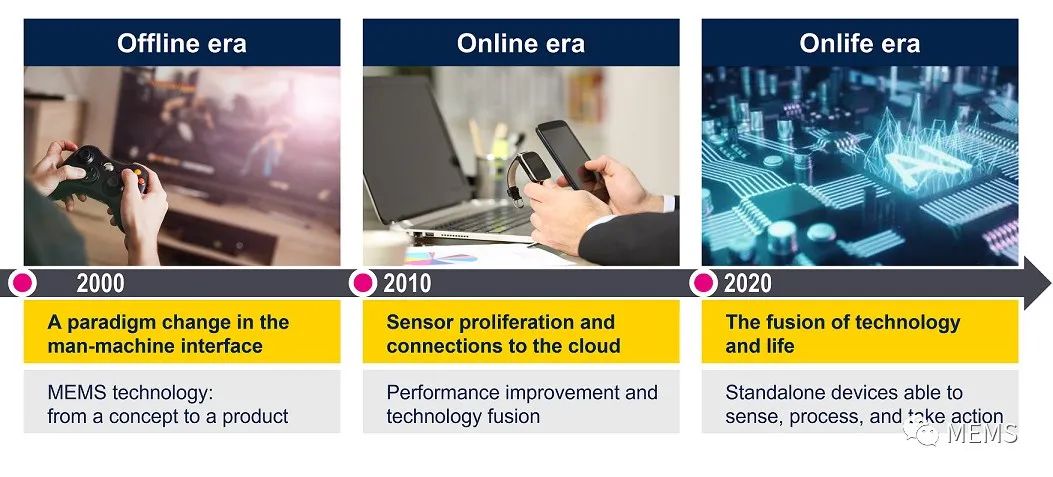
The development history of MEMS shows that intelligence has driven the transition from the Offline era to the Online era and now towards the Onlife era.
STMicroelectronics discussed the societal shift towards the Onlife era in its release materials, which requires the level of integration provided by its new ISPU. In the “Onlife Era,” people will live under the continuous support of interconnected technology, enjoying natural, transparent interactions and seamless transitions, with no clear distinction between online and offline. With ISPU, STMicroelectronics is ushering in a true intelligent era by embedding smart processing into sensors: intelligence will not only be “at” the edge level but will be inherent within the edge. The first products in the ISPU series are expected to be launched in the second quarter of 2022. Further Reading: “Sensor Technology and Market Trends – 2020 Edition”
“Environmental Gas Sensor Technology and Market Trends – 2020 Edition”
“Autonomous Vehicles, Robotic Taxis, and Their Sensors – 2021 Edition”
“Wearable Technology and Market – 2021 Edition”
“Wearable Sensor Technology and Market – 2020 Edition”
“Printed and Flexible Sensor Technology and Market – 2020 Edition”
